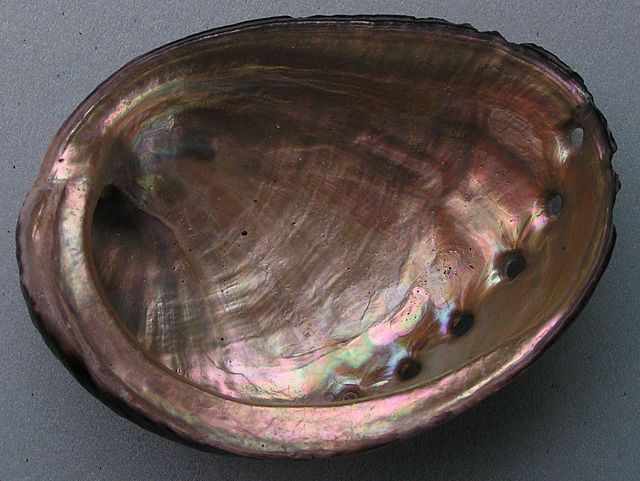Commercial fishers of the most coveted mollusc in South Africa await an October 2025 governmental decision on suspended rights to fish abalone.
The sector anticipates a Ministry of Forestry, Fisheries & the Environment (DFFE)’s promise to review around 140 appeals by sidelined fishers before October 31.
These appeals are by those whom the Deputy Director-General of Fisheries Management exempted from the 2024-25 fishing season.
If successful, the appellants will enjoy reparation possibly by accessing the upcoming season.
The harvesters begrudge a February 2025 decision by the DFFE to suspend some of their fishing exemption permits.
Suspensions coincided with an intention to open up abalone fisheries to small-scale fishers in Western and Eastern Cape.
Veteran divers for these snails fear that giving access to small-scale fishers could eat into their already diminishing quotas.
Individual commercial harvesters used to boast 300 kg yearly quotas in the early 2000s, which slashed to 120 kg in 2023.
They enjoyed unchallenged renewable exemption licenses to comb shallow ocean bottoms for the valuable snail whose wholesale prices cross $50/kg.
Exemptions and Abalone Quotas
In South Africa, commercial fishing exemptions give fishermen exclusive harvest rights to a given abalone quota over an extended period.
In the 2000-14 period, for example, some 300 or so commercial fishermen accessed extended period quota rights.
After 2014, the rights period reduced into a yearly permit renewal system with lower quota totals.
But by April 2025, only 100 fishers had retained exemption licenses, after a crackdown on poachers deprived hundreds their permits. It is this impoundment that led to the nearly 140 appeals currently awaiting a decision late next month.
Local abalone enjoys speculation as worth billions of Rand in export potential but illegal sales have time and again crashed hopes.
Abalone or perlemoen in the Afrikaans thrives on shallow coasts but some large species such as Haliotis midae do well in aquaculture. As such, the data below takes the fight to the country’s abalone production system as a whole.
South Africa Abalone Statistics
South Africa is among the three biggest abalone source markets worldwide, with a 1,450-tonne annual output (2015). This is according to the South Africa Online (pty) company. Only China with 50,000 tonnes and South Korea with 10,000 tonnes produce more, as of 2015. South Africa’s production used to be higher than now in the 1940s when professional diving began, affording 3,000 tonnes yearly.
Accounting for the historical landings’ drop is poaching, which deprives the sector some 2,000 tonnes of abalone yearly. According to poaching monitor TRAFFIC’s tally, the highest illegal hauls in recent memory took place in 2018 at 5,000 tonnes.
Sea cage breeding has nevertheless expanded primary production outside the traditional sources of St. John’s port in Eastern Cape and the bays of Western Cape. Operations hatching the snails on land using sea water were in the early 2020s producing 28 tonnes annually in Eastern Cape.
What is the yearly quota of abalone in South Africa?
The maximum volume of abalone that fishers can land per year in South Africa has reduced drastically since 2000. While in 2001 the total allowable catch or TAC was 475 tonnes, by 2010 the TAC had slashed to 150 tonnes. It then plummeted to 96 tonnes in 2019. Beforehand in 2017, the total quota was only 50 tonnes. Zooming forward to 2025, commercial licence holders averaged between 94 and 120 kg individual quota a year.
